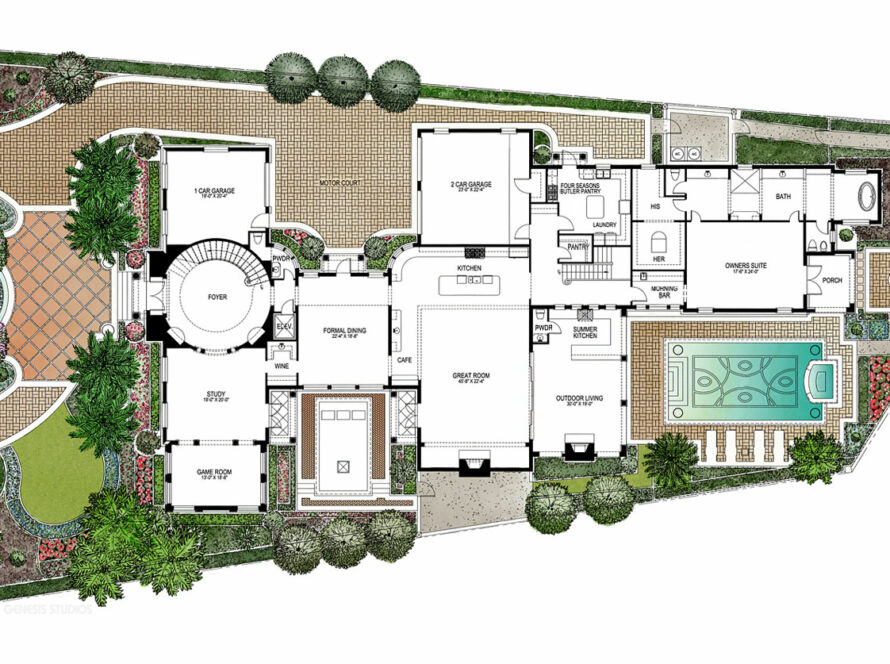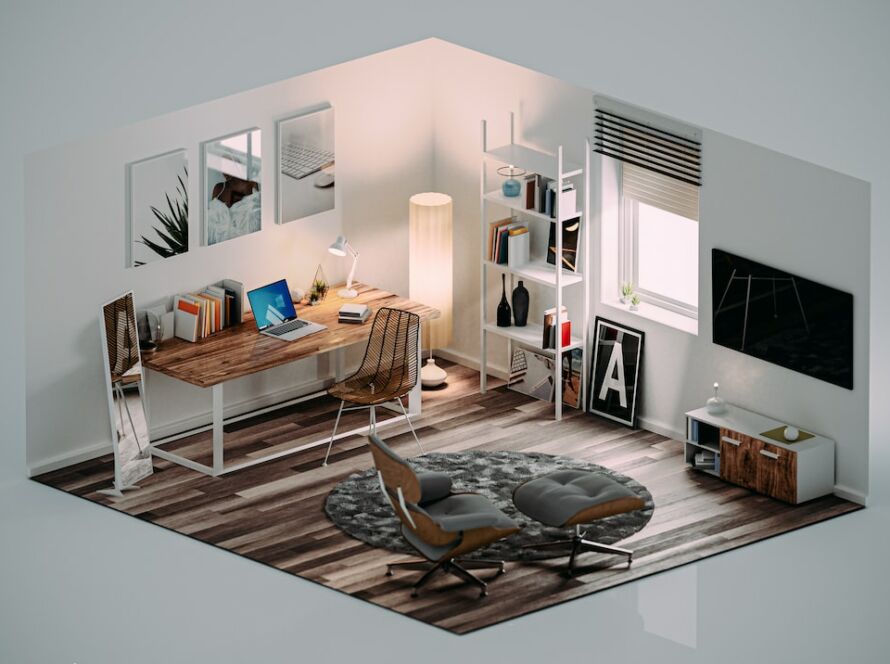A 3d rendering artist is someone who creates three-dimensional images using computer software. The images can be anything from simple wireframe models to photo-realistic scenes. 3D rendering artists typically have a background in graphic design, although some may also have experience with sculpting, architecture, or other creative fields. They use their skills to create visualizations of products, buildings, and characters. 3D rendering artists are in high demand in a variety of industries, including gaming, advertising, and product design. Their skills allow them to create realistic images that can be used for marketing or testing purposes. In many cases, their work is essential to the success of a project.
What is 3d rendering?
3D rendering is the process of creating three-dimensional images from two-dimensional data. This can be done using a variety of software programs, but the most common is 3ds Max. 3D rendering artists use this software to create models of people, objects, and environments that can be used in movies, video games, and other forms of media.

3D rendering is a complex process that requires a lot of knowledge and skill to do properly. Artists must have a strong understanding of lighting, shading, and other aspects of 3D graphics in order to create realistic images. Additionally, they must be able to work with clients or directors to understand what they are looking for in a render.
Creating a good 3D render takes time and practice. However, the results can be truly amazing and can help bring projects to life in ways that traditional 2D art cannot. If you’re interested in becoming a 3D rendering artist, there are many resources available online and offline to help you get started.
The different types of 3d rendering
3D rendering is the process of creating a three-dimensional image from a given set of data. The data can be in the form of a CAD model, a 3D scan, or a photograph. Rendering is used to create both still images and animations.
There are several different types of 3D rendering:
- Real-time rendering: This type of rendering is used to create images in real time, such as video games or virtual reality simulations. Real-time renderers typically use special purpose hardware to achieve high frame rates.
- Offline rendering: This type of rendering is used to create images that don’t need to be rendered in real time. Offline renderers can take advantage of more powerful computers to create higher quality images or animations.
- Ray tracing: This is a technique for creating realistic looking images by tracing the path of light through a scene. Ray tracing can produce very high quality images but it is computationally expensive and so is usually only used for offline rendering.
- Radiosity: This technique simulates how light reflects and scatters around a scene which can produce more realistic looking renders than traditional ray tracing techniques. Radiosity is also computationally expensive and so is usually only used for offline renders as well.
The benefits of 3d rendering
When it comes to creating three-dimensional images, 3D rendering is one of the most popular methods used by artists today. This process allows artists to create highly realistic images that can be used for a variety of purposes, including product visualization, architectural rendering, and movie effects.

3D rendering is a great way to create high-quality images quickly and efficiently. In many cases, it can be faster and more cost-effective than traditional methods such as painting or sculpting. Additionally, 3D rendering allows artists to create images that would be impossible to create with traditional methods.
One of the biggest benefits of 3D rendering is that it offers a high degree of flexibility. Artists can experiment with different lighting conditions, camera angles, and materials to create the perfect image. Additionally, 3D renderings can be easily edited and revised if necessary.
Another benefit of 3D rendering is that it’s relatively easy to learn. While some experience with graphic design or 3D modeling software is helpful, it’s not essential. There are plenty of online tutorials and resources available to help newbies get started with 3D rendering.
If you’re looking for a way to create high-quality images quickly and efficiently, 3D rendering is definitely worth considering. It offers a number of advantages over traditional methods, and it’s relatively easy to learn. So why not give it a try?
How to become a 3d rendering artist?
In order to become a 3D rendering artist, one must first understand the basics of 3D rendering and how it works. Once you have a strong understanding of the technical aspects of 3D rendering, you can begin to develop your own style and approach to creating 3D images.
There is no one specific way to become a 3D rendering artist. However, there are some general tips that can help you get started:
- Familiarize yourself with the different software programs used for 3D rendering.
- Experiment with different techniques and styles to find what works best for you.
- Stay up to date on the latest trends in the industry so that you can stay ahead of the curve.
- Network with other professionals in the field in order to learn from them and collaborate on projects.
Conclusion
3D rendering artists are some of the most important people in the video game and movie industry. They create amazing images that help bring our favorite characters to life. Without them, many of the great stories we enjoy would never be told. We hope you enjoyed learning a little bit about what 3D rendering artists do and how they contribute to the entertainment industry.






